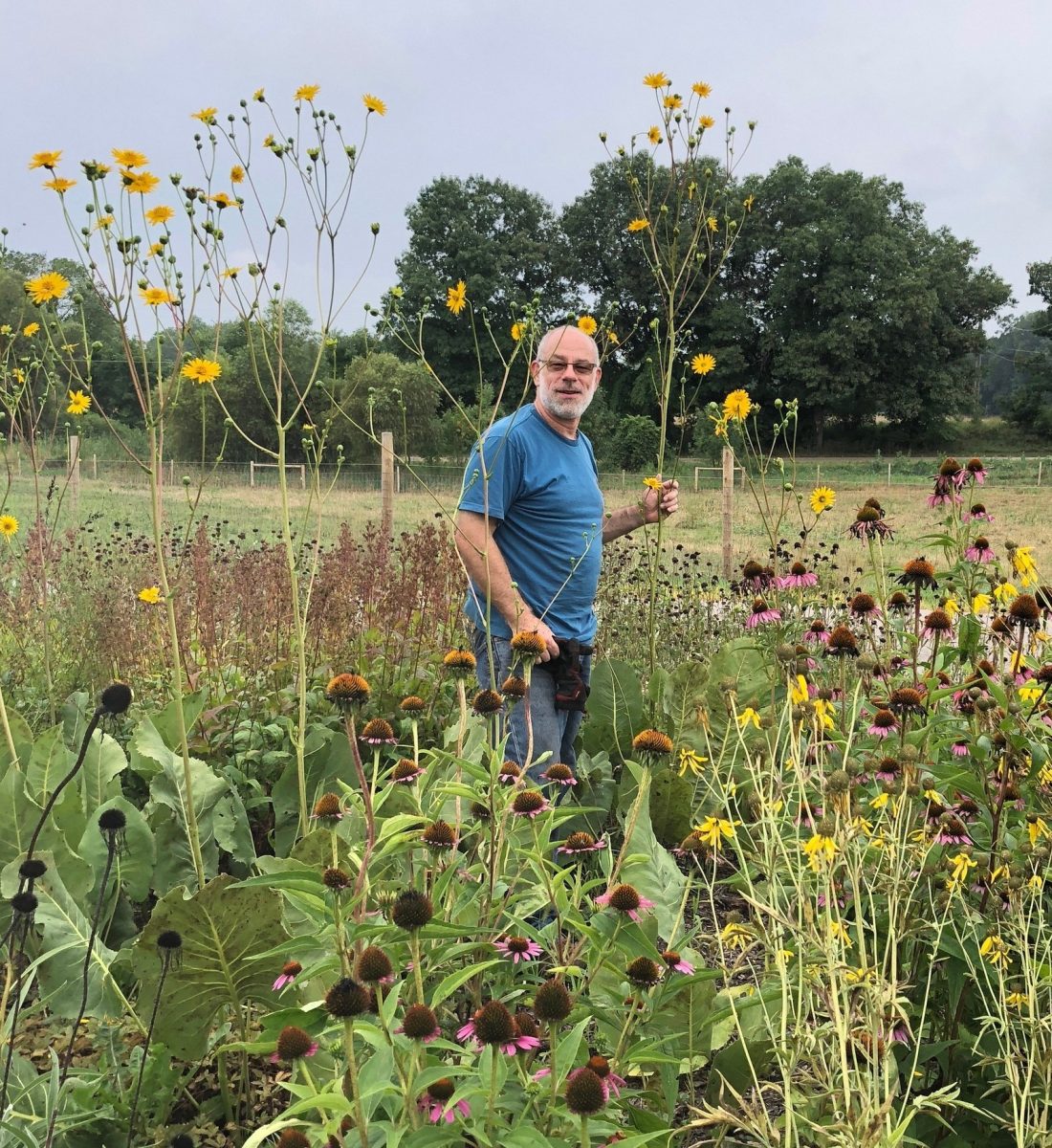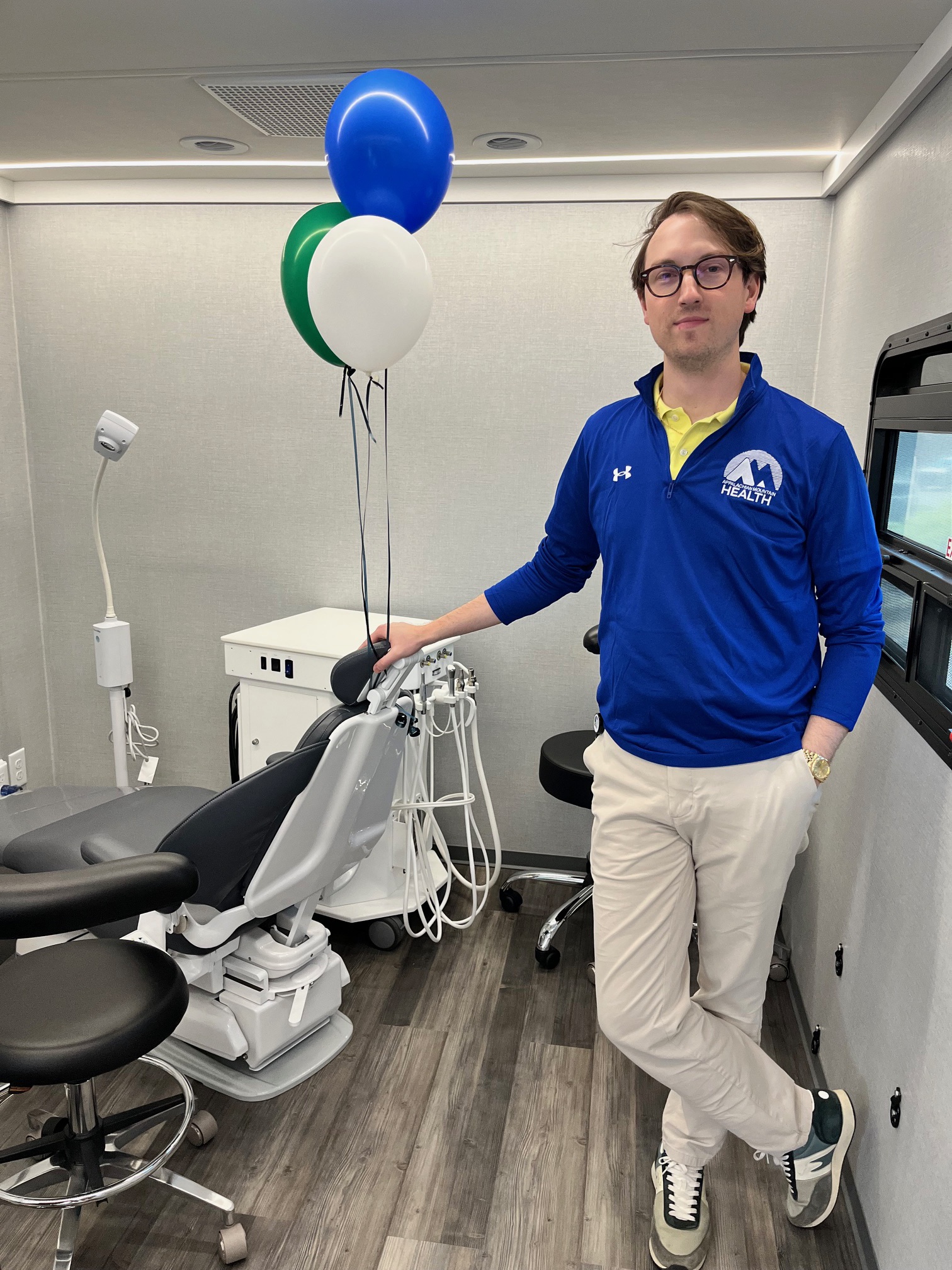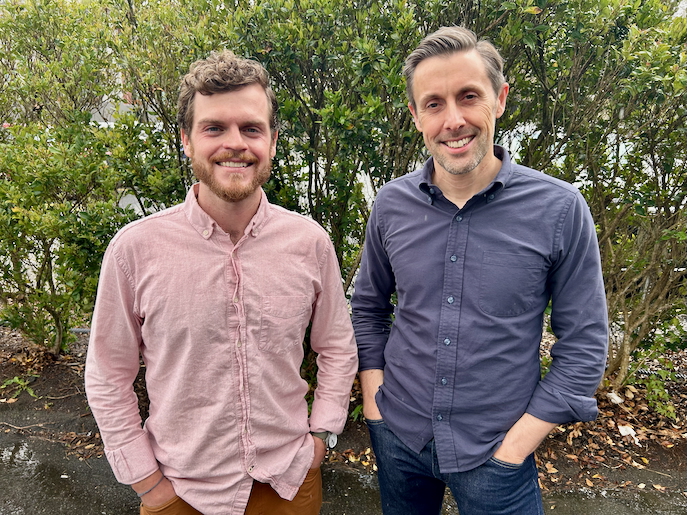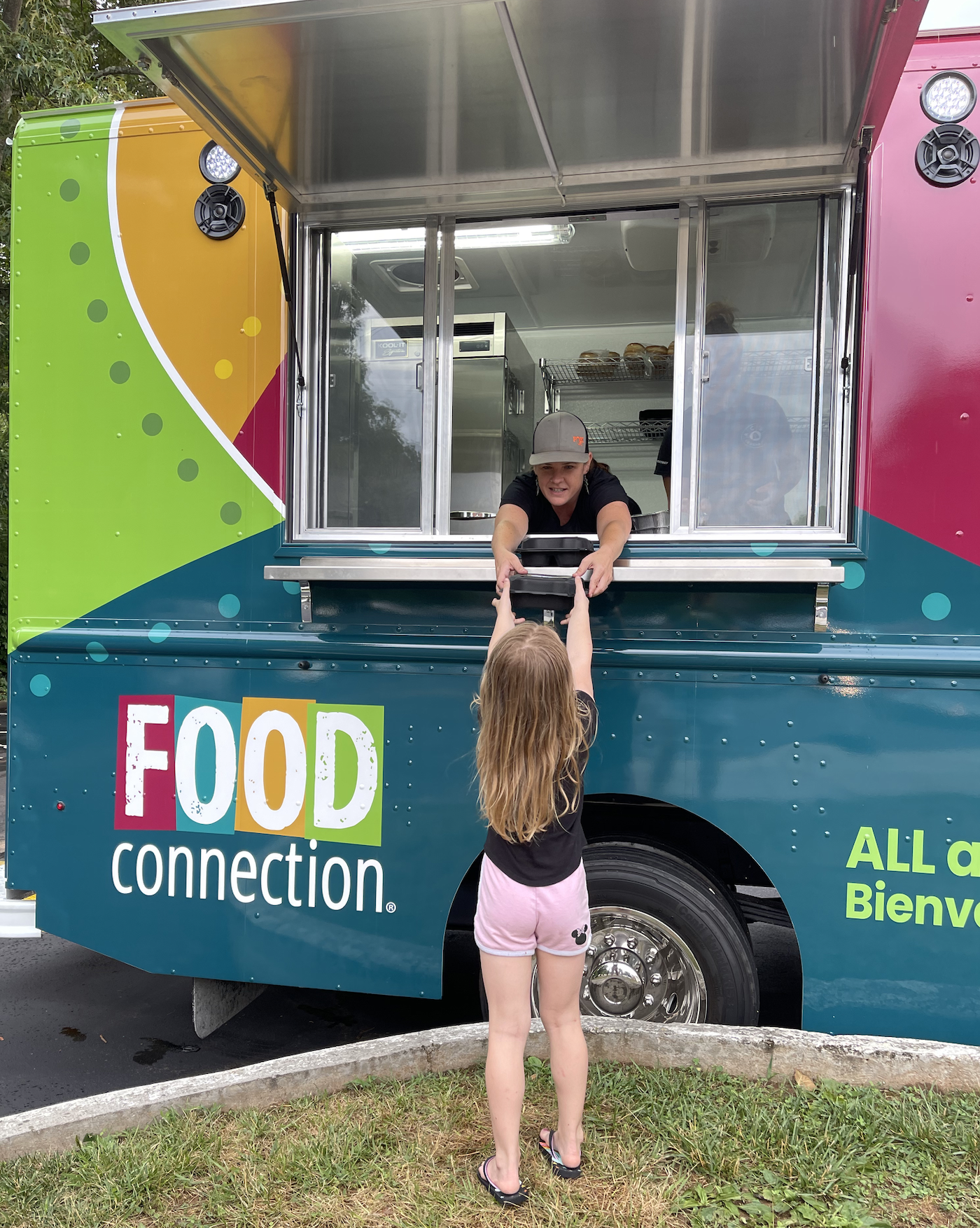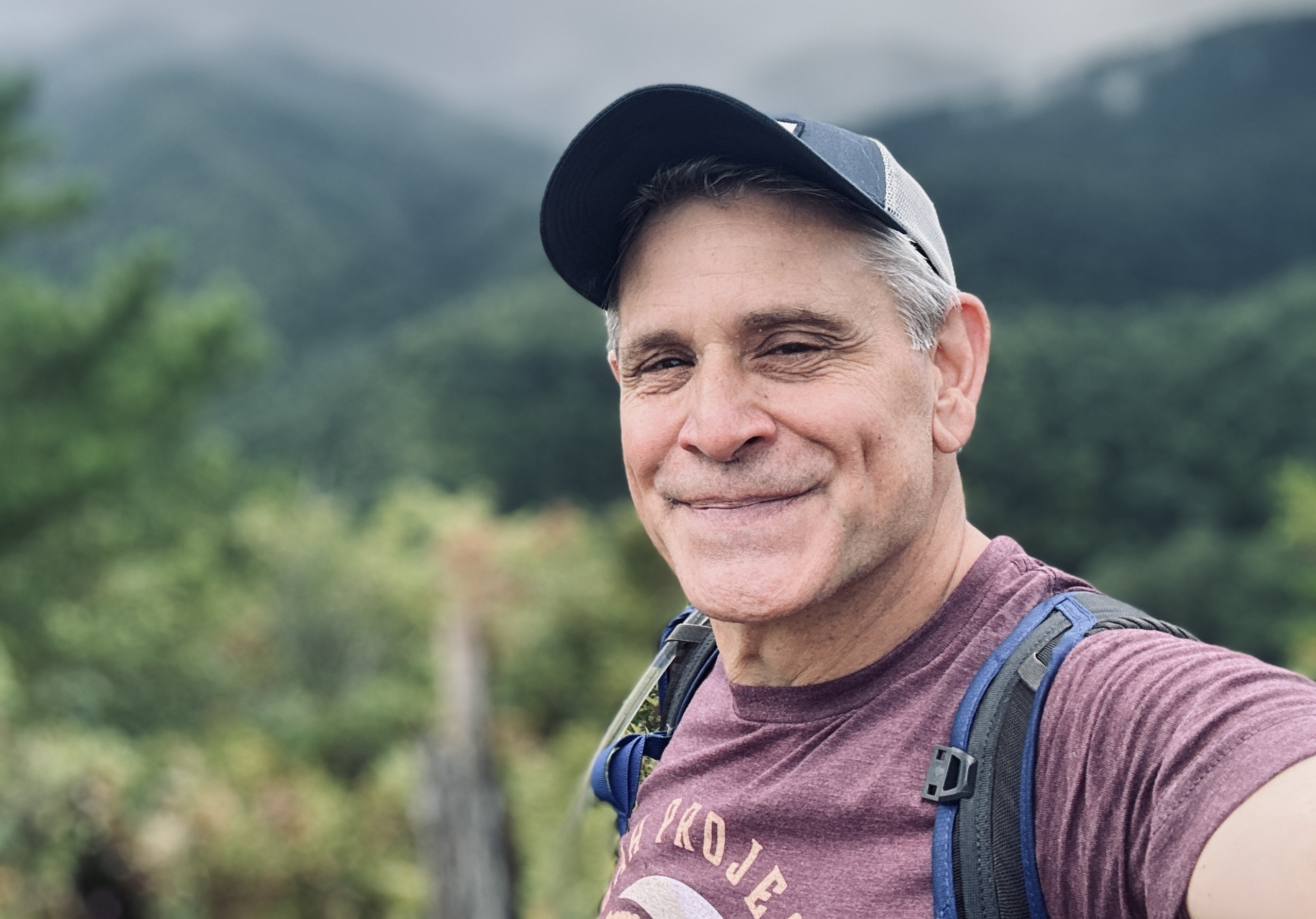Imagine this: It’s a beautiful fall day in 2050, and you’re taking your dog for a walk in the local neighborhood you’ve lived in your entire life. You remember when most of these houses were surrounded by flat green carpets of sterile lawn, but now they’re abuzz with life. The air is thick with bees and butterflies landing on drifts of yellow goldenrod and purple asters.
Your old dog’s tail wags as he watches the birds swoop low to eat their fill before winter sets in. Just as you’re about to turn and head home, a cloud of monarchs rises from the meadow and wheels off into the sky to begin their great migration. You snap a picture and log it with your nature app — one more bit of evidence that the wildlife in your area is finally recovering.
When it comes to the climate, we’re used to thinking about the future in negative terms: What challenges will we face? How much will we lose? How bad will it get?
What if we flipped the script? What if, instead of wondering what will happen if we get it wrong, we ask instead: What if we get it right?
In her recent book titled — you guessed it — What If We Get It Right?, Ayana Elizabeth Johnson does just that. She interviews experts from around the world in fields ranging from clean energy to law to artificial intelligence (AI), asking them to envision what the future might hold if we “get it right” on climate change.
We’re taking a page out of Johnson’s book. Over the next few months, this series will spotlight local experts with positive visions for the future and ideas on what Asheville could look like in 2050 if we invest in these solutions now.
Beauty and habitat on every block
We are currently living through what scientists are calling the sixth mass extinction — and we are to blame. According to the World Wildlife Fund, the rate of species extinction is 1,000 to 10,000 times higher than what we would expect to occur if we humans were not around.
The bottom line? Humans have vastly reshaped the planet in a way that’s less conducive to the continued survival of other species.
Luckily, there’s a relatively simple thing we can do to rebuild wildlife habitat and food webs while simultaneously mitigating climate change: Replace our lawns with native plants.
Drew Lathin is the owner of Mountain Native Landscape Design, where he helps people incorporate native plants into their landscape.
“As a designer, I’m only using native plants because of the relationships between native plants and insects and all the species that eat insects,” Lathin explains.
Insects are a crucial building block in the web of life. A clutch of Carolina chickadees requires around 500 caterpillars a day to survive. That’s nearly 9,000 caterpillars over the course of the nesting cycle.
And birds aren’t the only species feeding on insects. “Even 22% of the diet of a black bear is insects,” Lathin says.
The benefits of native plants extend beyond supporting wildlife. “When you use native plants in the landscape and they’re appropriately sited, they need little to no resources,” Lathin explains. “At my house, which is all natives, I don’t water, I don’t fertilize, I don’t spray. I’m carbon negative in my yard because the plants are sucking carbon dioxide out of the air and putting it in the ground in their roots and sequestering it there.”
Consider the difference between that and a lawn that needs regular mowing and fertilizing, both of which contribute to climate emissions and which provides almost no wildlife benefit.
Future visions
Looking out to 2050, Lathin would like to see more lawns replaced with native species, especially around public buildings and community spaces. Residential and commercial lawns, city and county properties, churches, medians and traffic circles all are viable candidates for a native plant makeover.
Lathin argues that native landscapes can be beautiful to humans as well as wildlife when designed intelligently. He points to Bear’s Smokehouse and New Belgium Brewery Co. as two local models that have used native landscaping to great effect.
You don’t have to commit to redoing your entire property to get a benefit from native plants. Even just planting a handful of keystone species — so-called because of their outsized benefit for wildlife — can have a beneficial effect. Examples include oak, birch, blueberries and goldenrod.
While it might not feel like much to install a small patch of native plants in your yard, the cumulative effect on wildlife can be significant. According to Lathin, “There is more residential land in the U.S. than there is in our national parks, so there’s a huge opportunity in residences, industrial parks, around schools and in parking lot medians to reverse these declines we’re seeing.”
April is National Native Plant Month, as well as an excellent time to transplant new plants into the garden. For those interested in learning more, the National Wildlife Federation has a website where you can put in your ZIP code and get a list of native plants for your area.
Lathin acknowledges that there is a place for lawns, such as in Pack Square Park. “You need people to be able to go out there and protest,” Lathin says. “But everywhere where there’s lawn that’s not needed for people to walk or to play on should be landscaped with native plants.”

